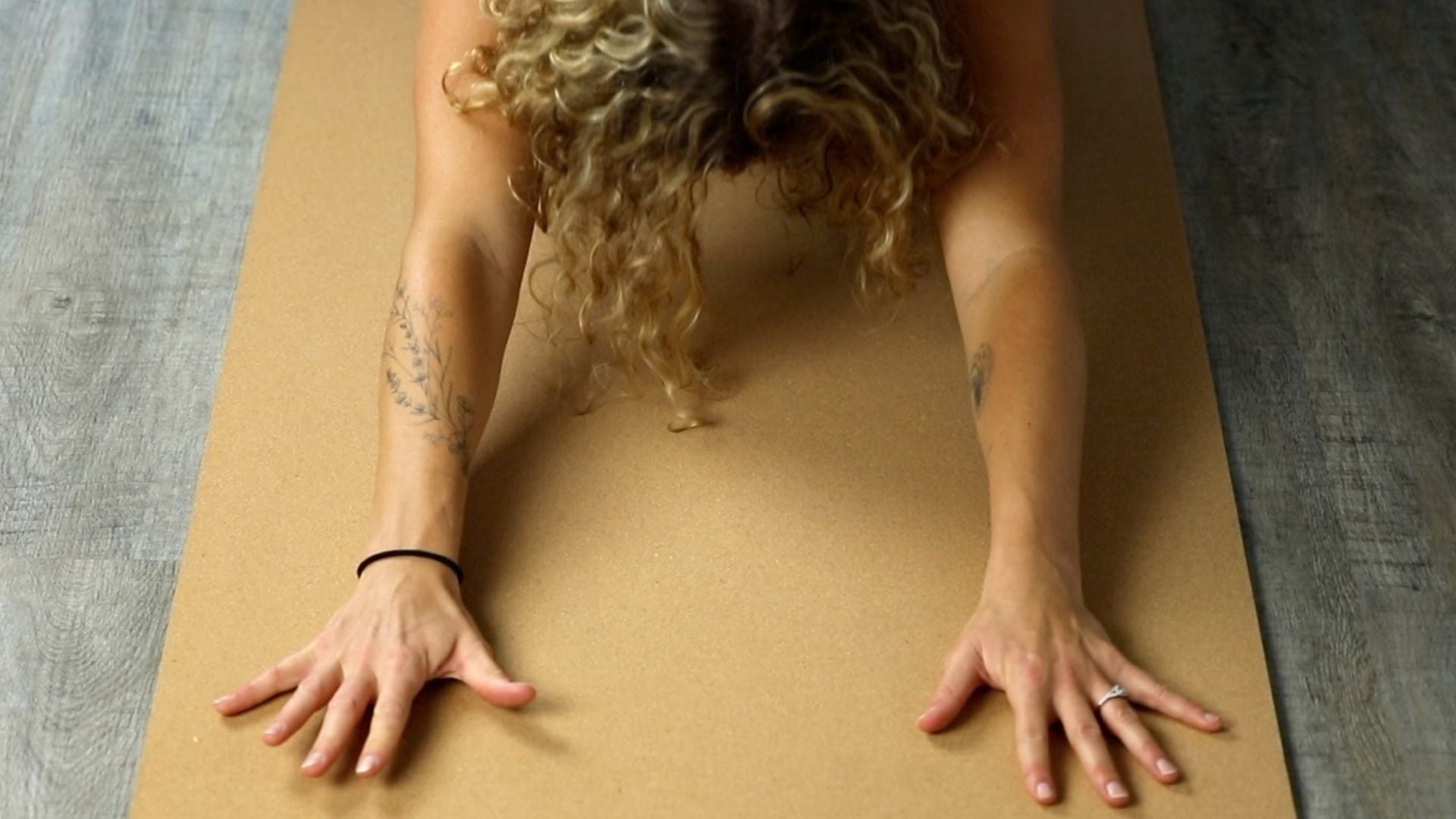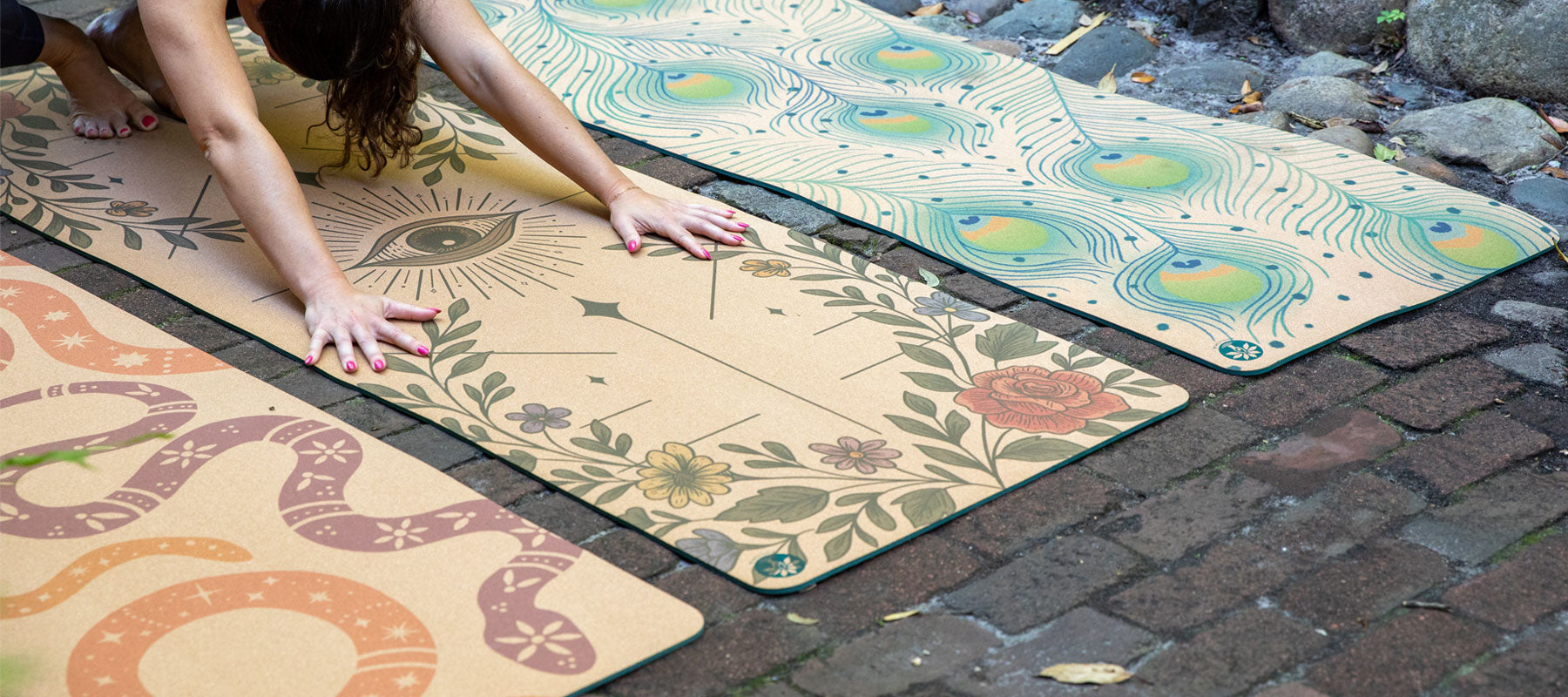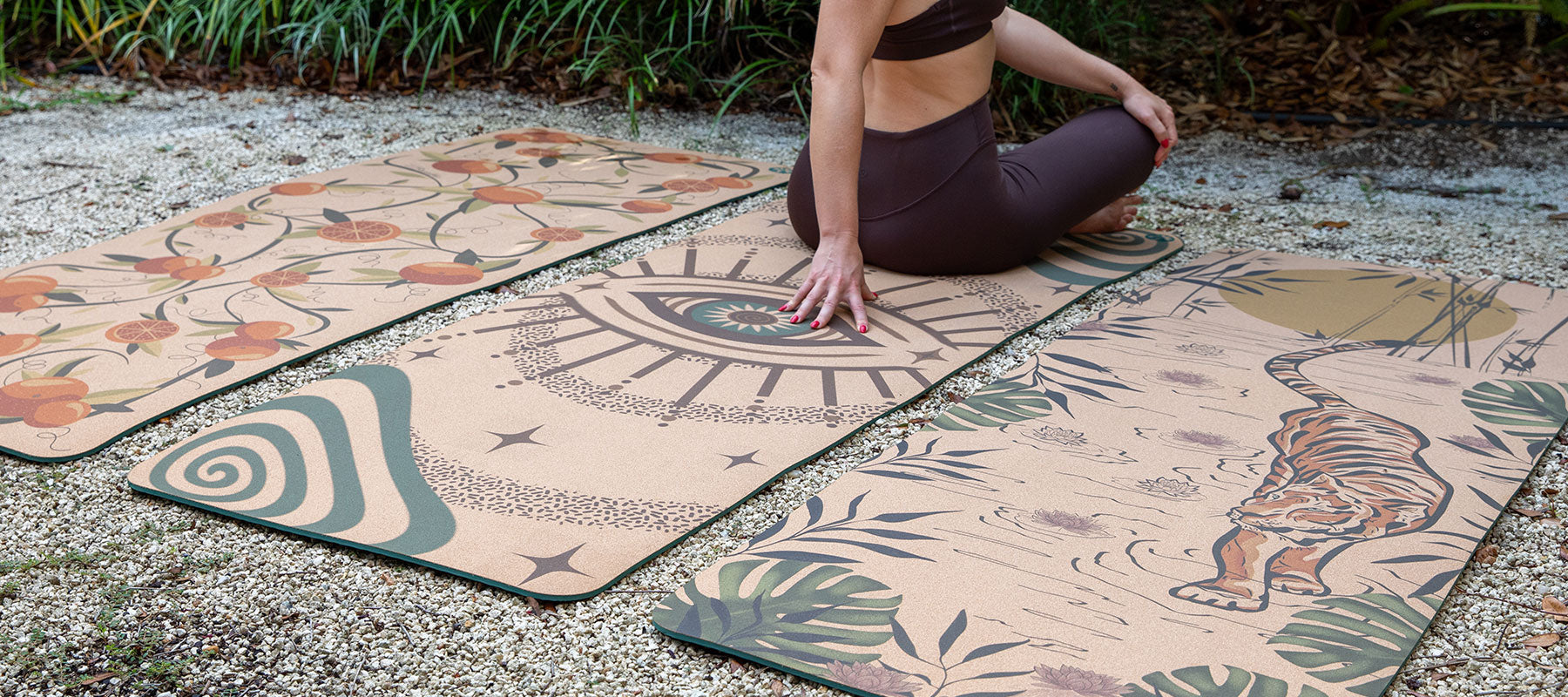Touch is one of the most intimate senses, often evoking an emotional response or even a complete change in mood. Whether it’s the feeling of clean clothes right out of the dryer, flipping over to the cold side of the pillow, basking in the sun, lying in the sand, or rubbing every inch of your body with fragrant oils, what we touch initiates an internal shift. All of these experiences begin with the skin.
Now, imagine your skin and pores are tiny mouths ingesting everything in contact. Would you think differently about what you are touching?
In an attempt to cultivate a “clean” lifestyle, the focus often becomes consumed by what goes into our mouth, what we breathe, what we eat, and less about what we absorb. The specific absorption rate of skin has proven difficult to quantify, as variables of consistency and temperature affect these results. On average the skin absorbs 64% of contaminants topically, according to a study published in the American Journal of Public Health “The role of skin absorption as a route of exposure for volatile organic compounds (VOCs) in drinking water.” 1
Although the specific absorption rate has been debated, Western Science still acknowledges the power of skin to absorb. Patches to transmit nicotine, patches to transmit birth control, topical creams for acne, are all administered through trans-dermal (skin) absorption.
Eastern Medicine has honored the skin’s ability to act as a guard and gateway to the body since the conception of Traditional Chinese Medicine. TCM nick-named skin the “Third Lung”, as it is the tissue associated with the lungs, and held in great respect, seen as the barrier between our internal and external world.
As you’re flowing through asana practice, breathing with intention, building internal heat, sweating and expanding, notice what you are touching, what you are absorbing. As you increase your internal experience and awareness, what are you soaking in from the external world?
The yoga mat was designed as a tool to advance the physical aspects of yoga, and as the “grip” technologies increased, the materials have moved farther away from natural. The desire to create more grip stemmed from the popularity of sweaty, hot yoga classes. Cited from the previously mentioned study, we know that the warmer the skin, the higher the absorption rate. The pores are open and the skin is ingesting everything in contact.
When practicing yoga we detoxify, shed layers, and release what no longer serves us. As we drop the excess, we may be picking up more than meets the eye. Would you eat your deodorant, lotion, sports bra, or yoga props? The answer is most likely no, because crunching down on a yoga block sounds gross, no matter what it’s made of. However, the image of skin as the body’s third lung reminds us of that despite not tasting, chewing, and swallowing our clothes, jewelry or anything else that touches the skin, we are still ingesting them.
As self-aware humans, we all have to power to make daily decisions to not just survive but thrive. The path of conscious living asks us to examine small details in our life, and intentionally choose what is right for us, as individuals. These small shifts, through purposeful choices, are what create big impacts. So, even if this topic appears like a small detail on the greater experience of your life, open up to the possibility of awareness this perspective can create.
Skin is a protective layer between the self and the outer world, but it is not a tightly sealed case. Everything you touch becomes a part of you; we ingest the world through our skin. The next time you lie down, or lather up, notice what you are taking in.
Footnotes:
1) Brown et al. The role of skin absorption as a route of exposure for volatile organic compounds (VOCs) in drinking water. Am J Public Health. 1984 May; 74(5): 479–484
About the Author
AshleyAnne is a 500hr RYT, she received her 200 hr YTT from the Kripalu Yoga Center in 2012, and continued her studies finishing her 300 hr YTT from the Passion Yoga School in 2017. Her classes follow the Akhanda Yoga lineage, a traditional Indian style asana practice focusing on the energetic body. She holds space for her students to explore their primal human nature. Her classes advocate yogis to dive beyond the physical experience and connect internally with pranayama and meditation. She creates a sacred space for the community of students too feel silly, vulnerable, playful and whole. AshleyAnne specializes in stand up paddle board yoga, and prenatal yoga (85 hr YTT) Both classes offer the opportunity for her to fulfill her dharma (purpose) to empower and connect women to the nature and beauty surrounding them and within them.


